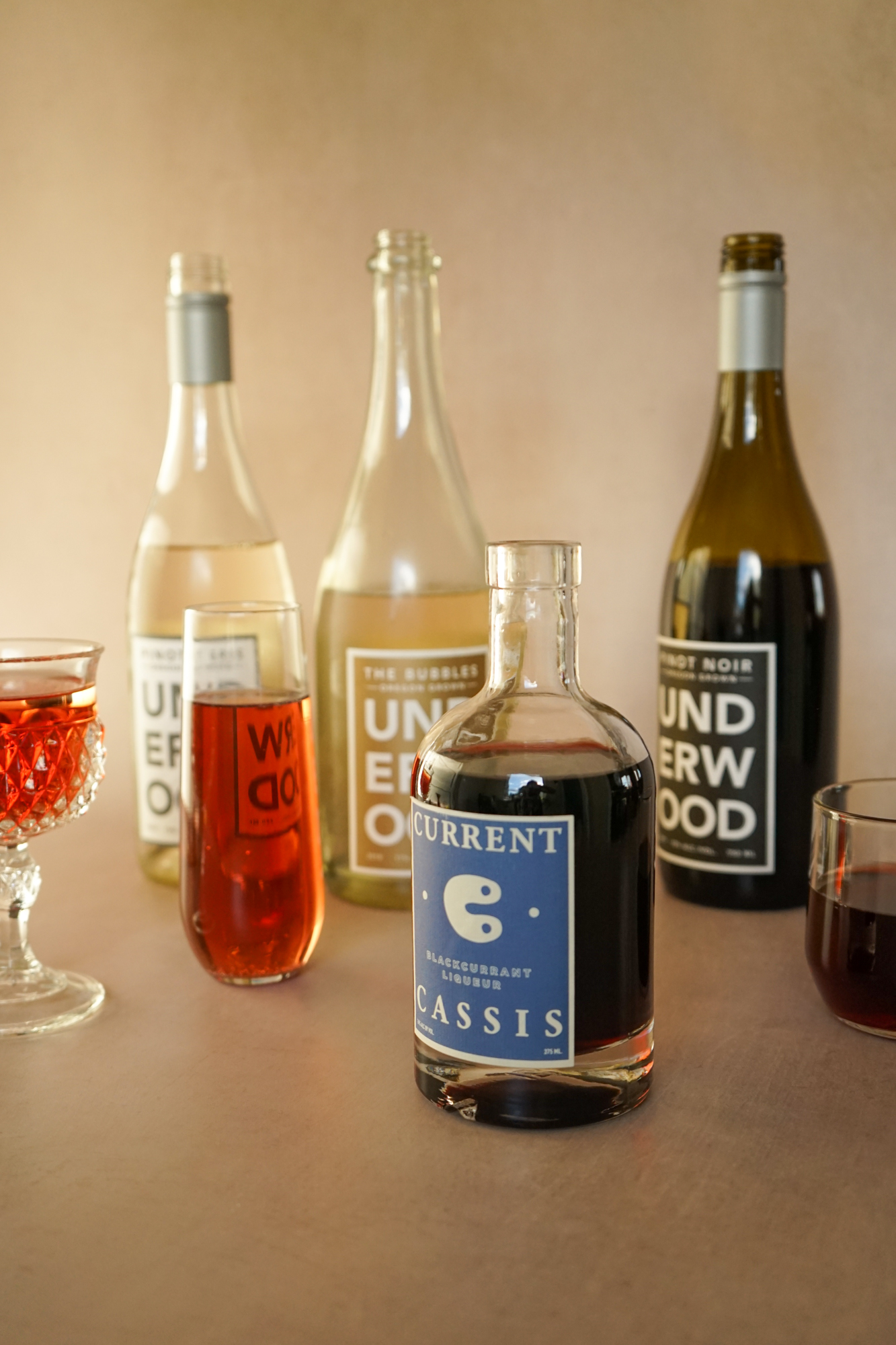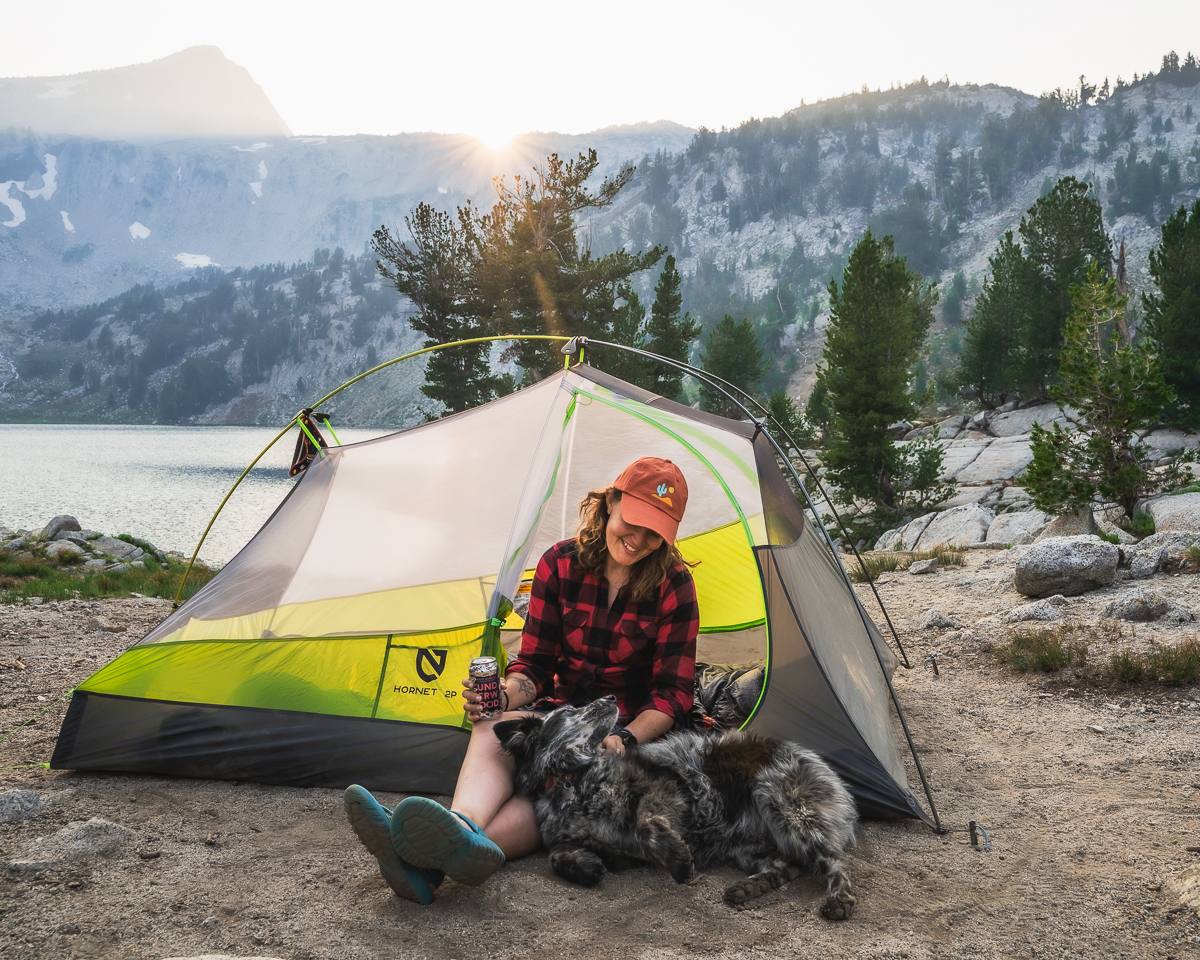
While we’re a wine company and have an interest in all things wine, we’re always keeping our eyes open for a new liquor or liqueur brand to use to create a wine cocktail. Earlier this year we came across Current Cassis. Their beautifully subtle, classic yet modern label caught our eye immediately. Current Cassis makes a botanical blackcurrant liqueur in the Hudson Valley of New York State. Current Cassis on its own is slightly bitter, yet sweet, so… a perfect balance. There are also decent tannins that complement the wine.
Their liqueur is similar to a classic french liqueur Crème de Cassis. While none of us here at Union are trained bartenders, we went to our friend Google to see if there were any wine and crème de cassis cocktails out there. We found that there are actually several, and they are extremely simple to make. The most common and most classic cocktail is a Kir Cocktail. It is simply a pour of wine, 5-6 ounces, and a half-ounce or so of crème de cassis. There are many riffs on this cocktail and while we could have tried it with all five of our Underwood wine offerings, we chose to give it a go with Underwood Pinot Gris, The Bubbles, and Pinot Noir.

Kir
1/2 ounce crème de cassis
5 to 6 ounces chilled Underwood Pinot Gris
Measure and pour crème de cassis and wine into your favorite glass, stir and enjoy.
Kir Royale
1/2-1 ounce crème de cassis
5 to 6 ounces chilled Underwood The Bubbles
Measure and pour crème de cassis and wine into your favorite glass, stir and enjoy.

KIR NOIR
1/2-1 ounce crème de cassis
5 to 6 ounces chilled Underwood Pinot Noir
Measure and pour crème de cassis and wine into your favorite glass, stir and enjoy.

Grab a bottle and a few of our wines to see which combination you like best. Current Cassis is slowly making their way to the west coast, but you can find their liqueur at a handful of online retailers.




























